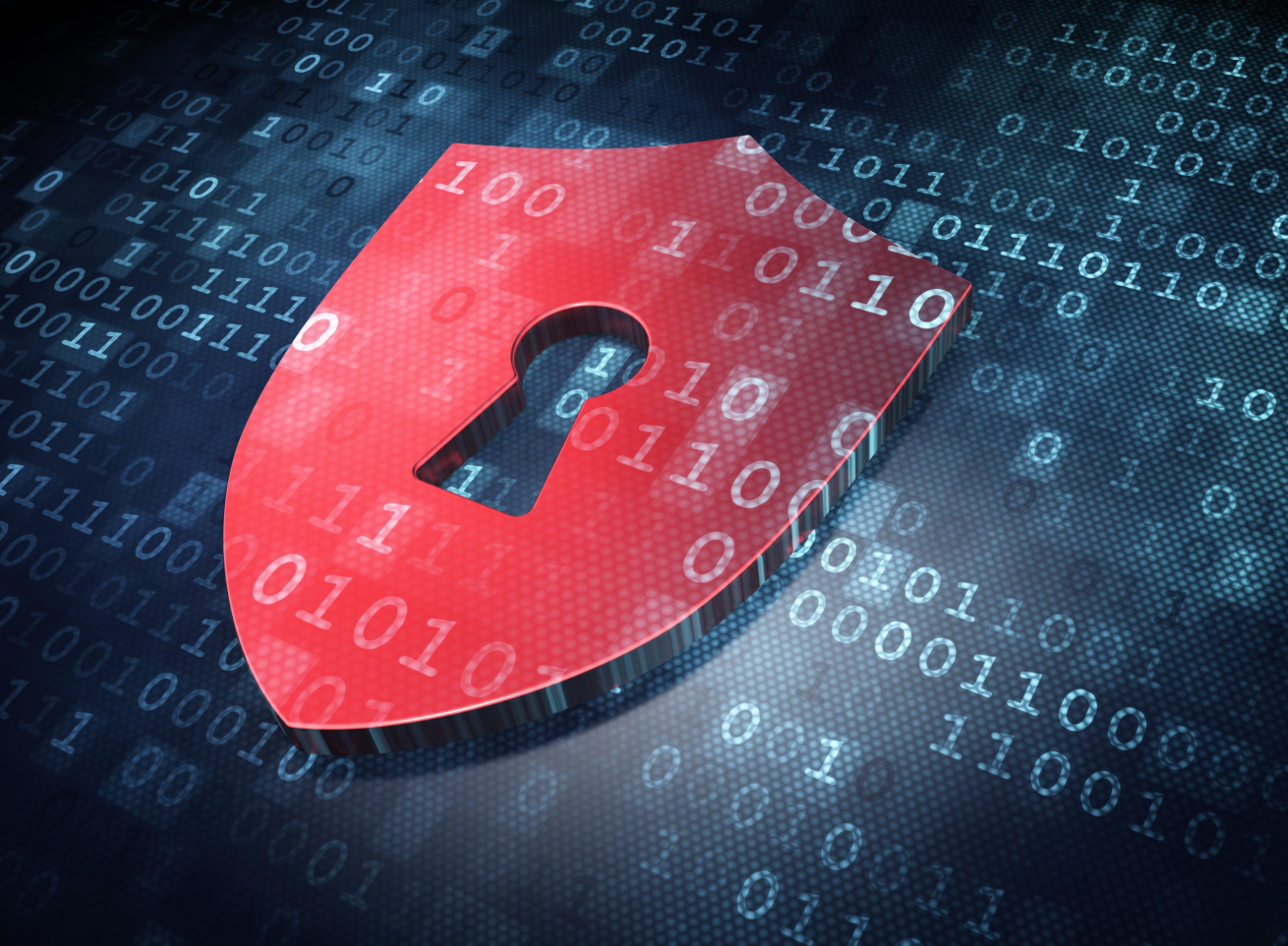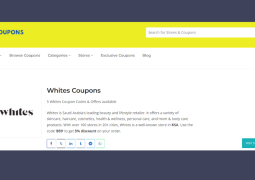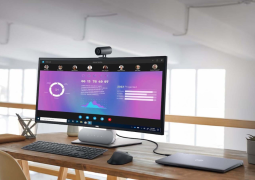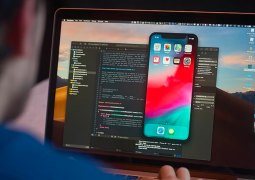A Breakdown of Brand Protection (& Why Your Business Needs It Now)
by 26/03/2020 18:430

Now, more than ever, brand protection is a much-needed investment and consideration at any stage of a business’s growth.
Whether you’re just starting out, or have been running a company for years, you’ve put significant thought, time and energy into your brand and it’s many elements; identity, imagery, personality, positioning, presence.
Now, imagine if, at the click of a mouse, all of it was taken away for someone else’s benefit.
Just like you’d take measures to secure your home, your health, even your phone, one must not forget to implement brand protection.
Below, we’ll be taking a look at brand protection, as well as why it’s so vital in today’s business landscape.
What Is Brand Protection?
Brand protection is considered as the collective efforts made by a company to help protect its intellectual property, which includes all of its affiliated products and brands as well.
Today, some examples of threats facing businesses, which make brand protection an essential aspect of operating a business, include but aren’t limited to:
- Consumer good counterfeiting, such as the use of logos or the creation of imitation products without explicit permission.
- Rogue or impersonation websites offering imitation product listings.
- Internet piracy of products and creative content.
- Impersonation on social networks and forums.
- Theft of product or design patents and processes.
- Internet handle, domain, and trademark squatting, which refers to the hoarding of these assets to extort benefits or pay from the owner.
Major Retailers Fall Victim to Counterfeiting, Withdraw from Amazon
On Amazon, there are not only products sold and distributed by Amazon themselves, but also products sold and shipped solely by 3rd parties, who use Amazon’s website as their pre-established e-commerce shop.
However, because of a lack of monitoring and security, listings have become so over-run with counterfeit goods that some big brands like Nike and Birkenstock have now pulled their own products off of the e-commerce platform.
The receipt of lookalikes that were unusable, unwearable or even unsafe by the general public from these counterfeiters led to countless authentic brands losing profits, while also being misrepresented and wrongly critiqued online.
Basically, while counterfeit retailers were profiting, true brands were being hung out to dry; all while receiving little to no help from Amazon in trying to remove 3rd party products from online listing.
What’s worse, even today, many Amazon customers don’t even realize they’re purchasing and receiving fakes until the products arrive at their doorstep.
This is just one example to help illustrate why brand protection measures are so important in today’s digital world.
The Consequences Of Poor Brand Protection
No matter how big or small it may be, or where in the world it’s marketed, any and every brand is at risk of:
- Ruined reputation, online and offline.
- Lack of sales and profits.
- An onslaught of open customer service cases, requiring crisis management for deceit and complaints.
- Losing trust or contracts between itself and any product partners, suppliers, manufacturers, or retailers.
- Rising legal and payroll costs to help battle counterfeit sales and transactions.
Major US Label Loses Trademark Battle And 500k+ in Sales
Billion-dollar US clothing label, Supreme, has had an ongoing, very expensive legal battle for years against several so-called “legal fakes”, like Supreme Italia, a trademark of International Brand Firm (IBF).
IBF’s versions of Supreme’s products were originally documented as “legal fakes” because they had claimed to have filed Supreme-style trademarks in countries the original Supreme, owned by Chapter Four, had not.
While the authentic Supreme won the Italian battle against Supreme Italia in 2017, they lost the battle in 2018 in Spain, where IBF had actually legally beat them to the trademark punch in that country.
This allowed Supreme Spain to operate a fully functional website selling goods against the American giant’s wishes, as well as in their own private brick and mortar locations. The “legal fake” website claimed to be shipping to customers in over forty countries, making millions by piggy-backing on Supreme’s brand identity.
By the end of 2017 alone, IBF had reported sales of over half a million USD.
And this is just a single example of a brand losing a legal battle because of poorly planned brand protection. In fact, two years from now, it’s estimated that the counterfeiting industry will be worth $4.2 trillion dollars globally.
Don’t let your brand’s property become a contributor to that statistic.
What Can I Do To Protect My Brand?
From the very beginning of any brand or business, it’s important to keep brand protection in mind, especially if the business is innovation-driven, design-based or value-based.
The first and most important thing to do is to register your intellectual property trademarks, which allows for legal action to be taken should you find yourself or your company being targeted by counterfeiters.
Next, build and maintain a strong, engaging social media presence, with official account validation whenever possible.
Those blue validation checkmarks next to an authentic user’s handle let customers know your listings, your communications and your content are the real deal, and many already know to look for these when interacting with brands online.
Also, when registering your domain for your website, register domain names similar or relevant to the original as well. This can help keep impersonation websites at bay, which can be used to try and extort benefits from you in the future.
Additionally, when partnering up with suppliers, creatives and other companies, have them sign non-disclosure agreements. This prevents them from taking your ideas, confidential information, patents or designs and running with them for themselves.
Make sure to visualize for and inform your customers on how to spot rip-offs of your intellectual property themselves. Offer specific details that can be found on your products that would distinguish between your property and any fake products that may arise.
And finally, investing in reputed cyber security tools for your website can also be another extremely effective method for stopping cyber attacks before they can even happen. These types of tools can often be used to:
- Monitor search engines, risky websites and product listings for brand-related keywords.
- Identify key points in conducting online advertising campaigns and optimize your marketing and SEO costs.
- Monitor exact matches, variations and common misspellings of your brand name & trademarks to safeguard your Brand.
- Continuous monitoring of web resources. Getting the best business opportunities and preventing possible financial and image losses.
Other Forms Of Brand Protection
The four main steps of brand protection offered by most specialized services are:
- The detection of infringements including, but not limited to, impersonating websites, fake social media profiles, and counterfeit product listings.
- The validation of authentic products or intellectual property.
- The enforcement of brand protection via the removal of any online, digital intellectual property infringements.
- Report publishing, documenting intellectual property and infringement information with appropriate the appropriate preventative measure, and the continued monitoring and building of the brand’s protection process.
The Importance Of Protecting Your Brand In 2020
Whether you’re just drawing up your business plans, or have already made your first sale and are expanding your operation beyond its foundation, it’s time to invest in brand protection.
Businesses who don’t take this crucial step are putting themselves at risk.
Therefore, having even minor brand protection steps embedded into your long-term business plan can save you, your company and your wallet from impersonations, ruined reputations and the squandering of your bottom line in the future.
Your brand is yours, make sure you keep it that way.



